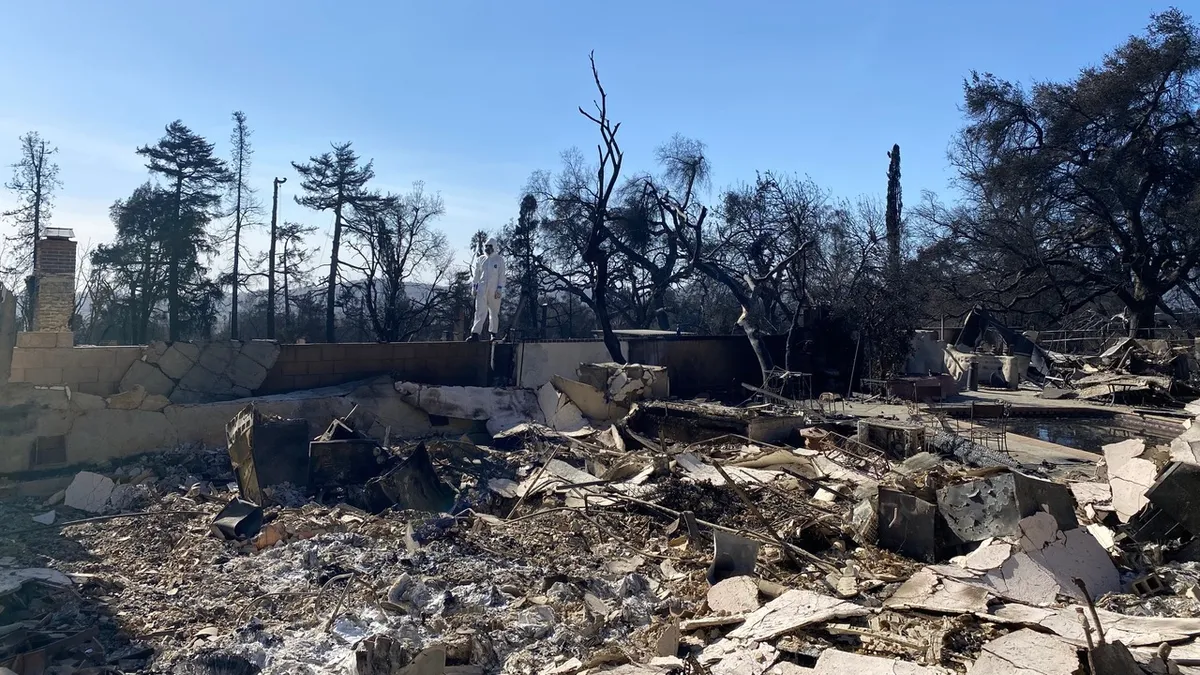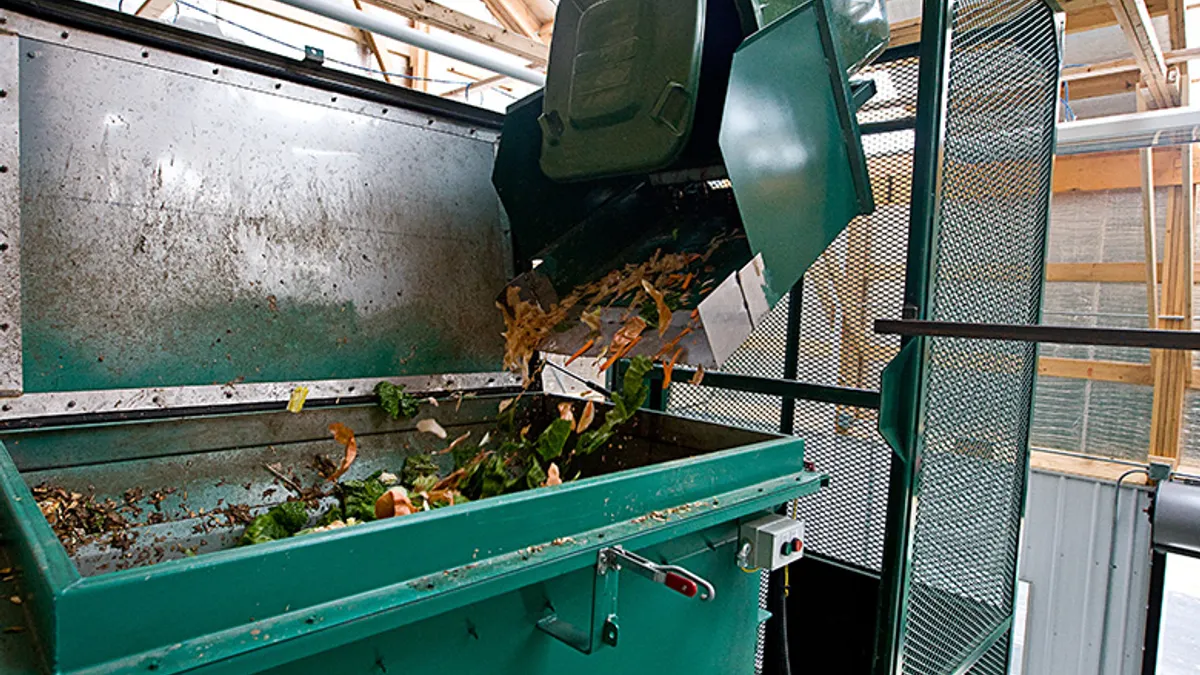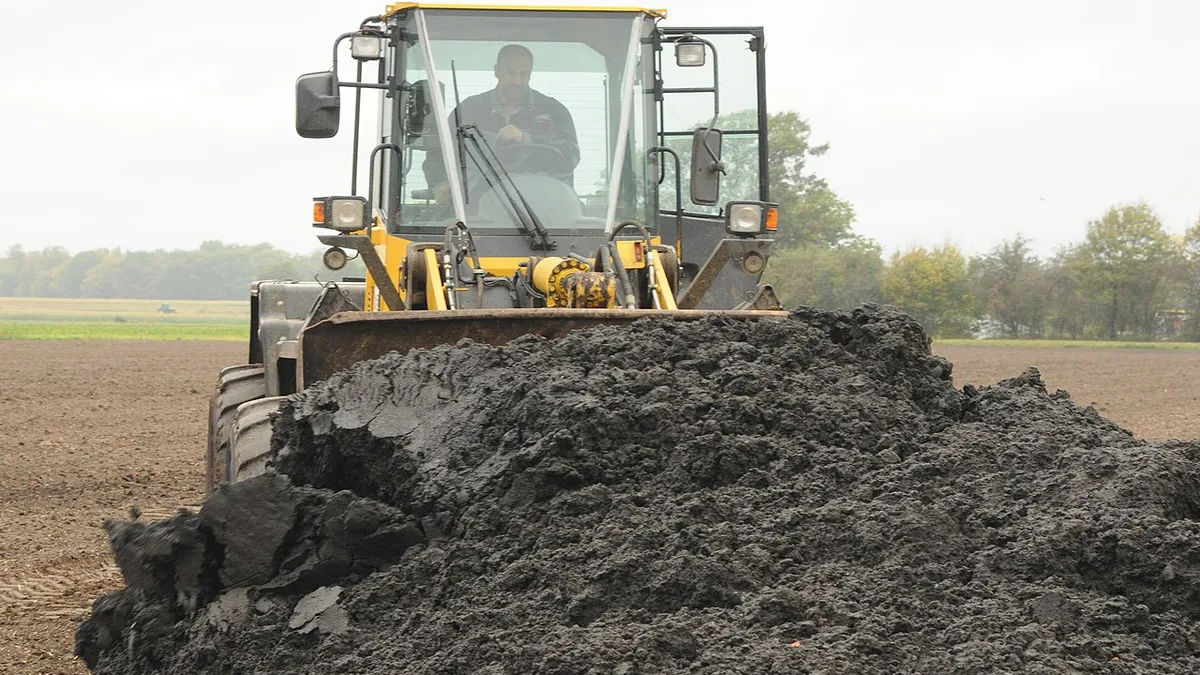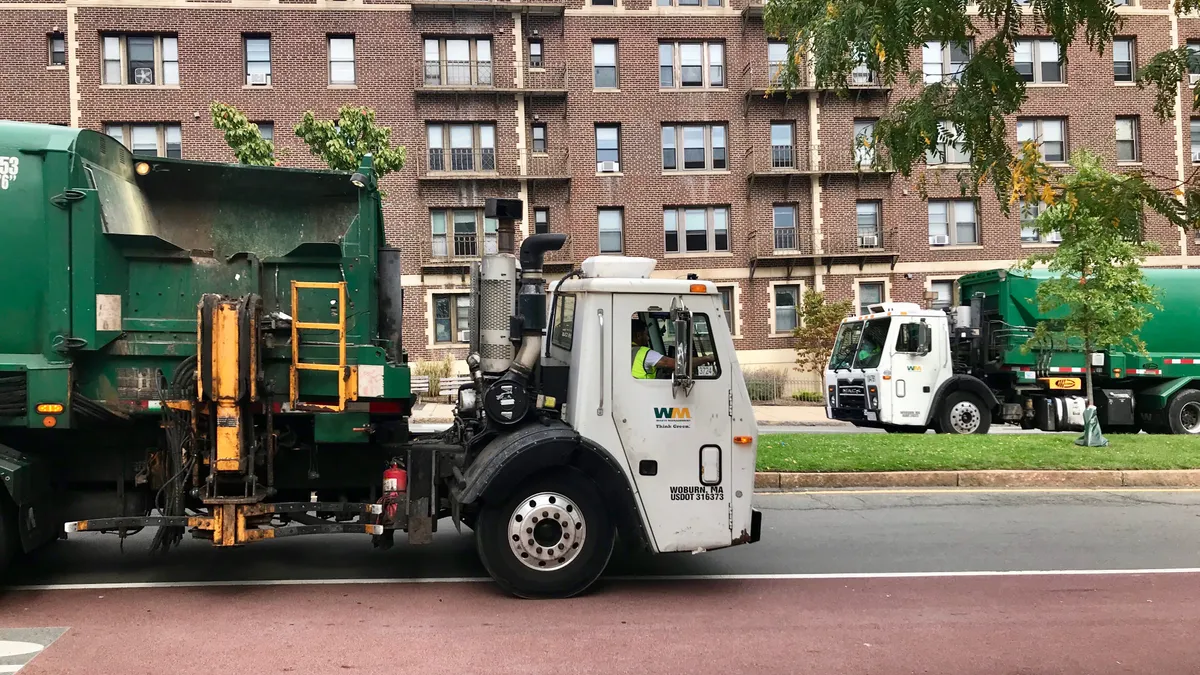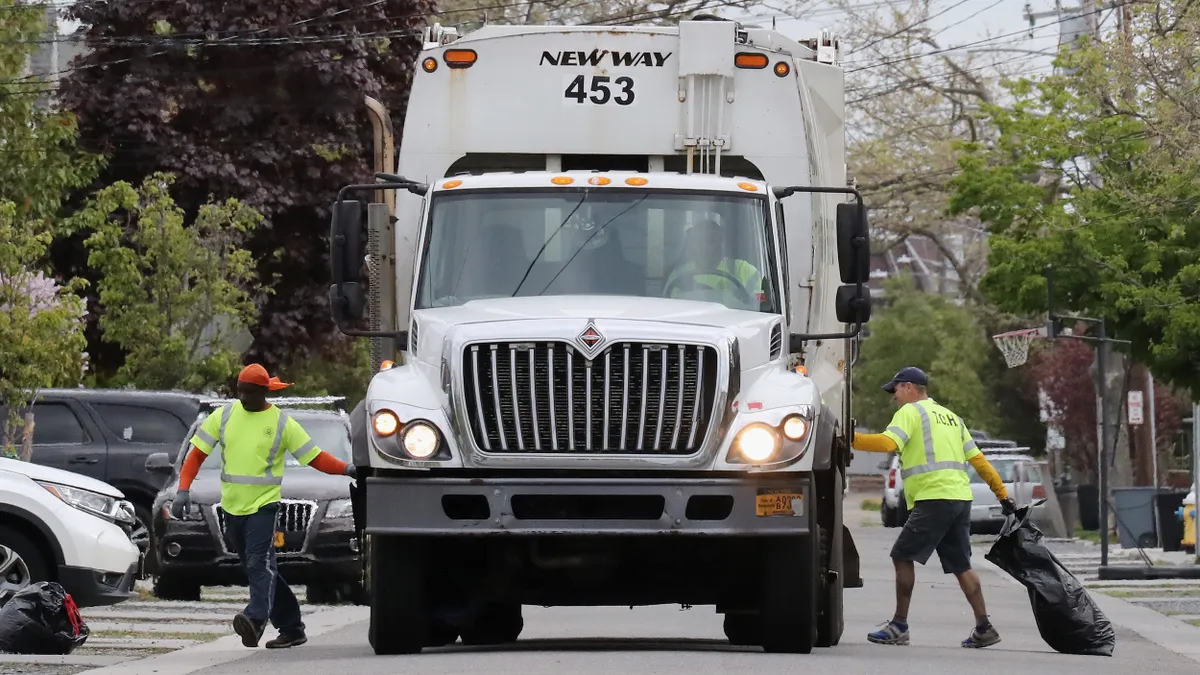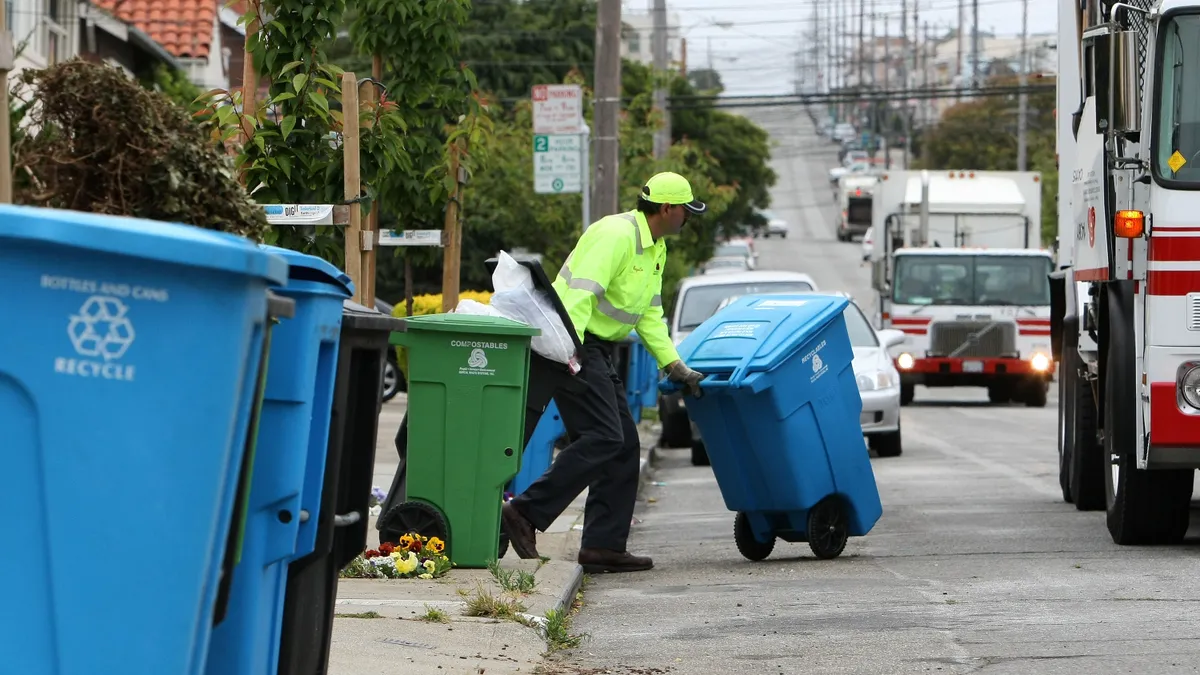Washington is poised to become the latest state to enact legislation addressing PFAS contamination in sewage sludge after a bill requiring testing passed the legislature this week. It comes as state regulators and water utilities struggle to identify solutions for contamination from per- and polyfluoroalkyl substances.
The issue has captured the attention of policymakers amid a broader rethink of the use of PFAS chemicals, sometimes called “forever chemicals,” which are used in a wide range of industrial processes and consumer products.
Washington Senate Bill 5033 would require the state’s Department of Ecology to issue guidance on PFAS sampling requirements for facilities generating biosolids, the industry term for sewage sludge, by July 1, 2026. Such facilities would then be required to sample quarterly from Jan. 1, 2027 through June 30, 2028. After that, the department would analyze sampling reports and report to the legislature in 2029 about contamination levels and possible solutions to address them.
Heather Trim, executive director of environmental health group Zero Waste Washington, said the bill has been in the works for years. It now awaits a final signature from the speaker of the house, after which it will be transmitted to the governor.
She said the state is overdue to address a “big data gap” it has in understanding where PFAS contamination is seeping into wastewater treatment plants, which needs to be targeted as a matter of public health.
“If we learn that our biosolids are contributing levels of PFAS to our farms and forests — because it's being spread on both in the state — we need to take action quickly,“ Trim said.
To date, state legislators have introduced bills addressing PFAS in biosolids in 14 states in 2025, according to Safer States, a national alliance of environmental health organizations. Most of those bills require some form of testing of biosolids for PFAS contamination. Some either ban the use of biosolids as fertilizer outright or set very tight contamination levels that biosolids must meet before they can be used.
So far this year, the Maryland legislature did not pass a bill that would have halted the use of biosolids as fertilizer. But in Oklahoma, the Senate passed a bill placing a moratorium on the use of sewage sludge as fertilizer until July 1, 2027. The Oklahoma bill is currently working its way through the state’s House of Representatives.
A Texas lawmaker has also introduced a bill looking to set tough restrictions on PFAS concentrations in biosolids. Synagro, a company whose biosolids contract with Fort Worth, Texas, was recently terminated early by the local government, has said the bill would functionally end the use of biosolids as fertilizer in the state.
Water utility operators have been skeptical of outright bans of land application because they remove a low-cost disposal option for the material. Utilities and organics companies have long argued biosolids are a natural alternative to synthetic fertilizers, and say land application offers an opportunity to recycle organic material.
They also point to policy in Maine as an example of a ban disrupting waste systems. There, the end of land application led to a search for a new disposal outlet for biosolids across the state, eventually leading to higher costs and temporary measures to allow more biosolids to be landfilled. The state is still sorting through its long-term options for the material.
States like Michigan and Wisconsin have begun to look for solutions upstream, as regulators have targeted businesses like chrome platers or bootmakers with requirements under industrial pretreatment programs. Such programs, which have been in place in the two states for years, require certain facilities to treat their effluent for PFAS before discharging it into waterways or wastewater treatment plants, reducing contamination.
The programs are effective to tackle low-hanging fruit polluters, but they’re not a cure-all, said Emily Remmel, senior director of regulatory affairs at the National Association of Clean Water Agencies.
“You think of the big [polluters], chrome platers, the firefighting foam, but there's also these smaller types of circumstances that just come up that you wouldn't expect,” Remmel said. “So it's trying to solve this really complex problem that utilities just can't do on their own.”
There are a series of possible actions the federal government could take to begin to set the tone for managing this issue. The U.S. EPA recently extended the comment period for its draft risk assessment for PFAS in biosolids into August, slowing down a process that many affected by this issue have been waiting years to see through.
And the agency is also due to release effluent guidelines, which set limits on pollution from industrial wastewater. Remmel said that federal guidance is key to a more systemic, nationwide solution to the PFAS contamination issue.
“We don't really have an idea of what's the risk,” Remmel said. “When you don't have a federal risk assessment, states are left trying to figure this out on their own.”





